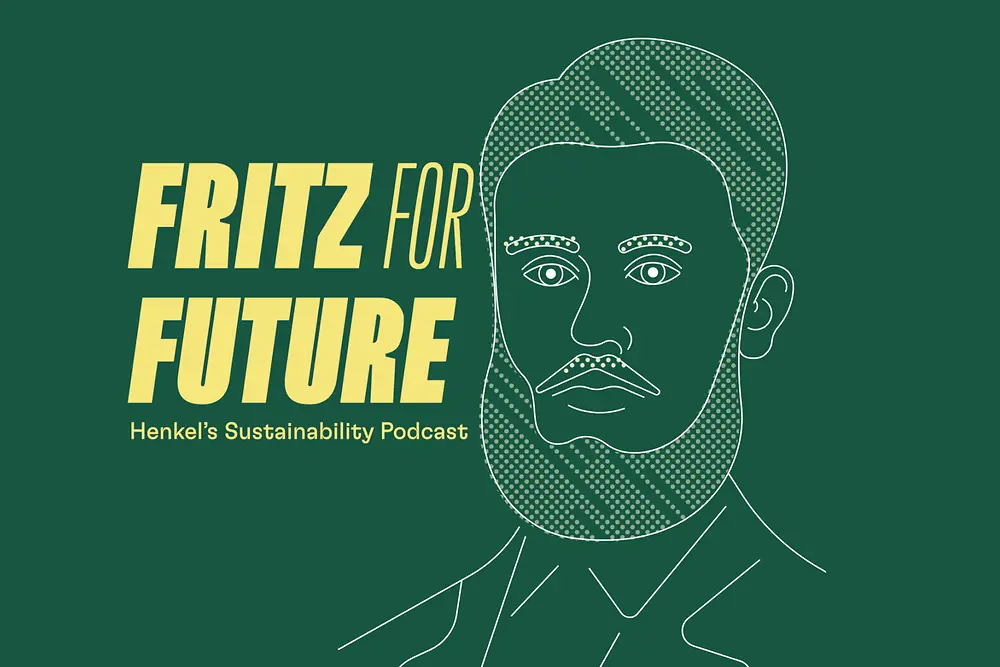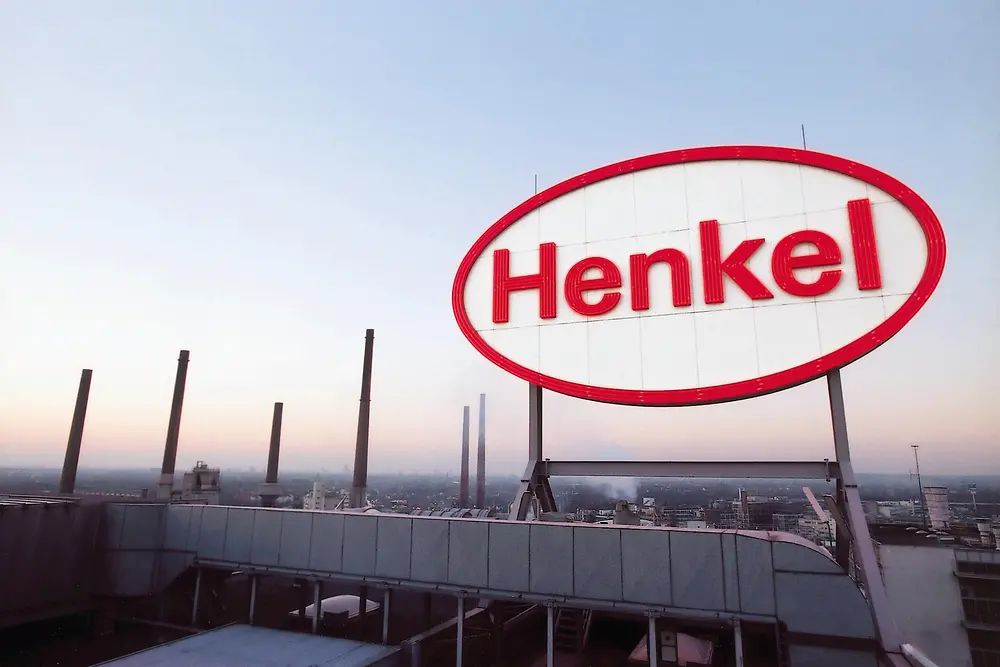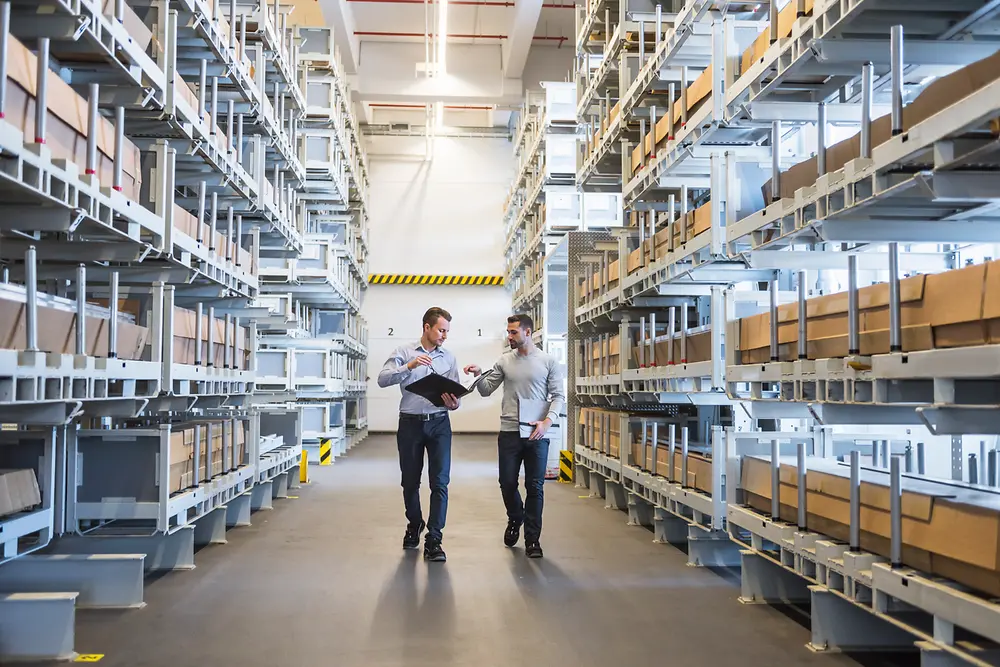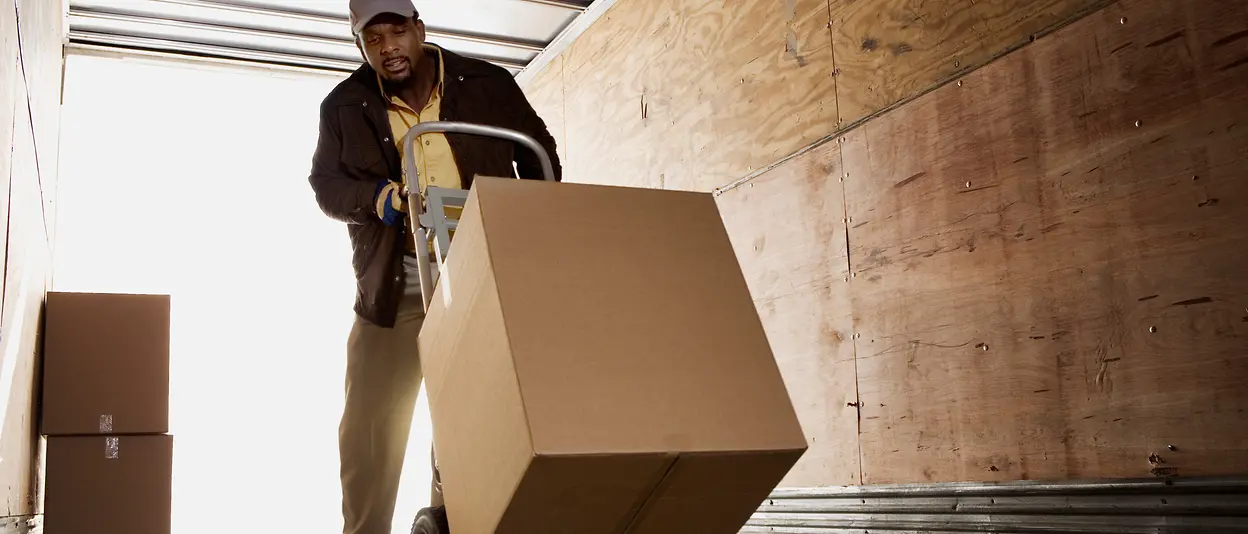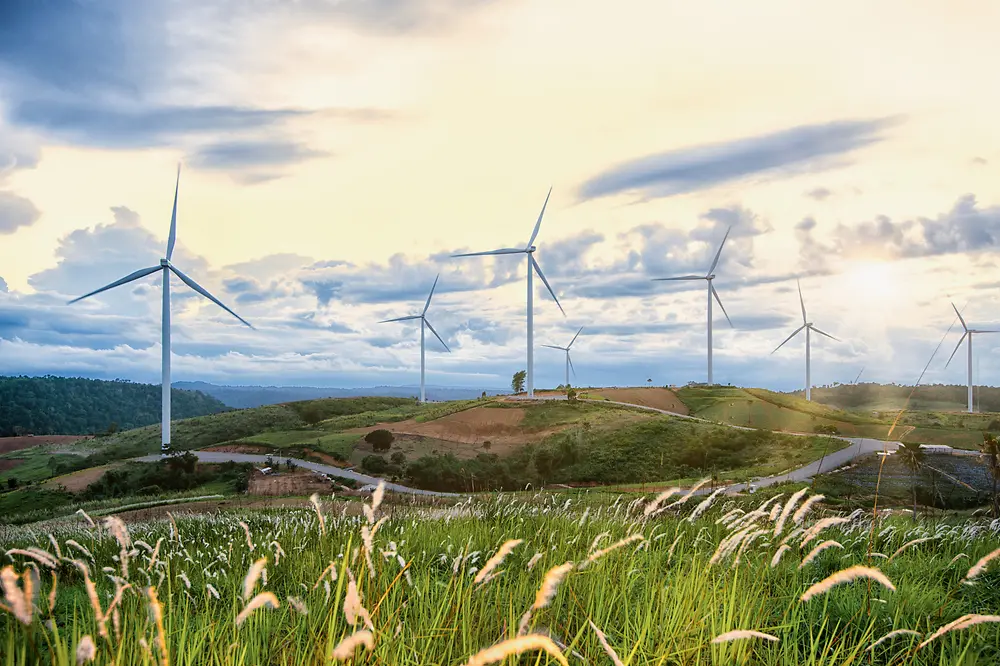At Henkel, we are constantly striving to increase truck capacity utilization – because the fuller we load the vehicles, the fewer go on the road which has a positive impact on CO2 emissions. One way of achieving this is by combining palletized and non-palletized products in the load. By doing this, we can stow more in the loading space and in turn can reduce the number of trucks we need for transportation. At our Kruševac site in Serbia, for example, we are saving around 680 additional loads this way. This corresponds to a distance of around 700,000 kilometers that the vehicles have to travel less per year.
2. Less air freight and more ocean freight
While air freight is one of the most emission-intensive types of transportation, ocean freight is one of the least intensive. Nevertheless, air and ocean freight cannot necessarily be substituted for each other. For example, goods that are perishable or time-sensitive have to be transported by air rather than by ship. However, better planning can avoid spontaneous and unplanned air freight operations and make more ocean freight possible. By also moving away from a just-in-time approach, we can shift transportation modes and thereby reduce emissions.
3. Expanding intermodal transportation
Intermodal transportation is characterized by the use of multiple means of transport. At Henkel, this means that we are shifting more of our transports from road to rail: Trucks take our goods to the nearest rail loading terminal. From there, the goods cover longer distances by train before a second truck collects the goods at the destination terminal and delivers them to the customer. As a train emits only around one-third of the CO2 emissions of a truck when transporting the same weight of goods, intermodal transport has become a key driver to reduce emissions in logistics at Henkel. Regarding customer deliveries in Mexico, for example, we shifted 16.5 million tonne-kilometers from trucks to trains since 2021, saving 815 tons of CO2 emissions. Further, many of our consumer brands products that are manufactured at our site in Kruševac, Serbia, are transported to Germany by rail instead of trucks. Using the process of intermodal transportation does not only create a positive impact for the environment but also for truck drivers: The drivers need to cover shorter distances and fewer of them need to sleep in their vehicles away from home.
4. Using alternative drive trains
In terms of climate protection, we also optimize transport and logistic by incorporating alternative types of drive trains. Hence, we test the operational capability of battery-powered electric vehicles. When using electric vehicles we only consider the associated activities to be emission-free if the electricity used to charge them comes from renewable sources. At our headquarters in Düsseldorf, we have, for example, incorporated more than 45 electric vehicles into the internal fleet since 2012 to replace conventional vehicles with internal combustion engines. For this, we have also built a corresponding infrastructure with over 228 charging stations in and around the industrial park, twelve of them in cooperation with the utility company Stadtwerke Düsseldorf.
Hydrogen is also becoming a practical alternative in trucks. In 2023, we carried out a pilot project in cooperation with our long-term strategic partner and supply chain specialist Uton at our Dragon site in China. The aim of the project was to investigate the feasibility of gradually replacing conventional diesel vehicles with hydrogen energy logistics vehicles. In the future, hydrogen-powered vehicles will be used in a shuttle operation between Henkel’s Dragon site and the warehouses as well as in distribution for certain customers in Shanghai.


